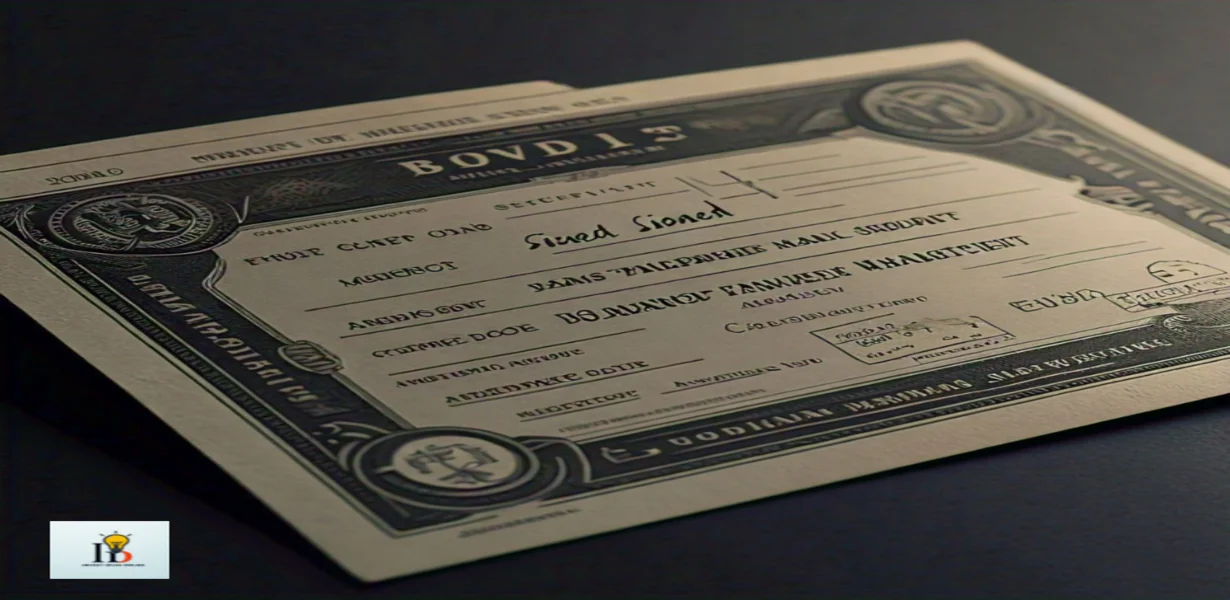Building an Investment Portfolio for Beginners: A Step-by-Step Guide
Starting to invest can seem overwhelming, especially if you’re new to finance. But building a solid investment portfolio doesn’t have to be complicated. This comprehensive guide will break down the essential steps to help beginners create a well-rounded investment portfolio. Whether saving for retirement, a major purchase, or simply looking to grow your wealth, this guide will give you the knowledge you need to get started.
Table of Contents
- Understanding Investment Basics
- Setting Your Investment Goals
- Assessing Your Risk Tolerance
- Choosing the Right Investment Accounts
- Building Your Investment Portfolio
- Diversification: The Key to Reducing Risk
- Rebalancing Your Portfolio
- Monitoring Your Investments
- Common Mistakes to Avoid
- Final Thoughts
Understanding Investment Basics
Before you dive into building your portfolio, it’s crucial to understand some basic investment concepts.
What is an Investment Portfolio?
An investment portfolio is a collection of assets owned by an individual or organization. These assets include stocks, bonds, real estate, mutual funds, and other financial instruments. The goal of an investment portfolio is to grow your wealth over time while managing risk.
Key Concepts
- Assets: These are valuable items that you invest in, such as stocks, bonds, and real estate.
- Returns: The profit or loss you make from your investments.
- Risk: The potential for losing money on your investments. Generally, higher returns come with higher risks.
- Diversification: Spread your investments across various asset classes to reduce risk.
Setting Your Investment Goals
Defining your investment goals is the first step in building an investment portfolio. Clear goals will guide your investment choices and help you stay focused.
-
Identify Your Goals
Ask yourself what you are investing for. Common goals include:
- Retirement: Saving for a comfortable retirement.
- Buying a Home: Accumulating funds for a down payment.
- Education: Saving for your or your children’s education.
- Emergency Fund: Building a fund for unexpected expenses.
-
Determine Your Time Horizon
Your time horizon is the length of time you plan to keep your money invested before needing to access it. Short-term goals (e.g., buying a car) might require a different investment approach than long-term goals (e.g., retirement).
-
Calculate How Much You Need to Save
Calculate the investment amount required for your goals and your recommended monthly contribution. Use online calculators to help estimate these amounts.
Assessing Your Risk Tolerance

Risk tolerance is your ability and willingness to endure market fluctuations. Understanding your risk tolerance is crucial for choosing the right investments.
-
Factors Affecting Risk Tolerance
- Investment Time Horizon: Longer horizons often allow for more risk-taking.
- Financial Situation: Your income, savings, and other financial responsibilities affect your ability to take risks.
- Investment Knowledge: Familiarity with different types of investments can influence your comfort with risk.
-
Risk Tolerance Assessments
Many financial institutions offer online risk tolerance questionnaires. These tools help you gauge your comfort level with various types of investments.
Choosing the Right Investment Accounts
Selecting the right investment accounts is crucial for optimizing your returns and minimizing taxes.
-
Retirement Accounts
- 401(k): Employer-sponsored plan with tax advantages. Contributions are often tax-deductible, and funds grow tax-deferred.
- IRA: Individual Retirement Account that also offers tax benefits. You can choose between a Traditional IRA (tax-deductible contributions) or a Roth IRA (tax-free withdrawals).
-
Taxable Accounts
- Brokerage Accounts: Regular investment accounts without special tax benefits. They offer flexibility in terms of investment choices and withdrawals.
-
Education Accounts
- 529 Plans: Tax-advantaged savings plans for education expenses. Contributions grow tax-free, and withdrawals are tax-free for qualified education expenses.
Building Your Investment Portfolio
Now that you understand your goals, risk tolerance, and investment accounts, it’s time to build your portfolio.
-
Start with Asset Allocation
Asset allocation involves dividing your investments among asset classes (e.g., stocks, bonds, real estate). A common guideline is to allocate based on your age and risk tolerance. For example:
- Aggressive: Higher stock allocation for long-term growth.
- Balanced: Mix of stocks and bonds for moderate growth and risk.
- Conservative: Higher bond allocation for stability and income.
-
Choose Individual Investments
- Stocks: Shares of companies that can provide growth and dividends.
- Bonds: Loans to companies or governments that pay regular interest.
- Mutual Funds and ETFs: Pooled funds that offer diversification and professional management.
-
Consider Low-Cost Index Funds
Index funds and ETFs are good for beginners due to their low costs and broad market exposure. They track a specific index (e.g., the S&P 500) and provide instant diversification.
Diversification: The Key to Reducing Risk

Diversification involves spreading your investments across various asset classes to reduce risk.
-
Why Diversify?
- Reduces Risk: Different asset classes often perform differently under various market conditions. Diversification helps protect your portfolio from significant losses.
- Improves Stability: A well-diversified portfolio can provide more stable returns over time.
-
How to Diversify
- Across Asset Classes: Invest in a mix of stocks, bonds, real estate, and other assets.
- Within Asset Classes: Invest in different sectors, industries, and geographic regions.
Rebalancing Your Portfolio
Rebalancing involves adjusting your portfolio to maintain your desired asset allocation.
-
Why Rebalance?
Over time, some investments will grow faster than others, which can shift your portfolio away from your target allocation. Rebalancing ensures your portfolio stays aligned with your goals and risk tolerance.
-
How to Rebalance
- Set a Schedule: Rebalance your portfolio annually or semi-annually.
- Adjust Allocations: Sell investments that have grown too large and buy those that have become underrepresented in your portfolio.
Monitoring Your Investments
Regularly monitoring your investments helps ensure they perform as expected and remain aligned with your goals.
-
Track Performance
Use investment tracking tools or financial apps to monitor your portfolio’s performance and compare it to relevant benchmarks to gauge its effectiveness.
-
Review Goals and Risk Tolerance
Periodically reassess your investment goals and risk tolerance. Life changes (e.g., marriage, job change) may require adjustments to your portfolio.
Common Mistakes to Avoid
Avoiding these common mistakes can help you build a successful investment portfolio:
-
Lack of Diversification
Putting all your money into one investment can expose you to higher risk. Diversify to spread risk.
-
Chasing Performance
Avoid buying investments based on past performance alone. Focus on investments that align with your goals and risk tolerance.
-
Timing the Market
Trying to time market highs and lows can lead to poor investment decisions. Stick to a long-term strategy and avoid making impulsive moves based on market fluctuations.
-
Neglecting Regular Contributions
Consistently contribute to your investment accounts. Regular contributions help build wealth over time and benefit from dollar-cost averaging.
Final Thoughts
Building an investment portfolio as a beginner can seem daunting, but by understanding the basics and following a structured approach, you can set yourself up for financial success. Start by setting clear goals, assessing risk tolerance, choosing the right accounts, and diversifying your investments. Regularly monitor and adjust your portfolio as needed and avoid common pitfalls. With these steps, you’ll be on your way to creating a robust investment portfolio that helps you achieve your financial goals.
Feel free to share this guide with others who might find it useful. For more investing and financial planning tips, stay tuned to our blog!
By following these steps and utilizing the information provided, you’ll be well-equipped to start building your investment portfolio and working towards your financial goals.

There are additional articles to read.
There are some more articles based on different topics regarding family members and other home organizing issues; if you want to read them, visit the actual home guide. For more information about investing ideas, visit investing ideas.



